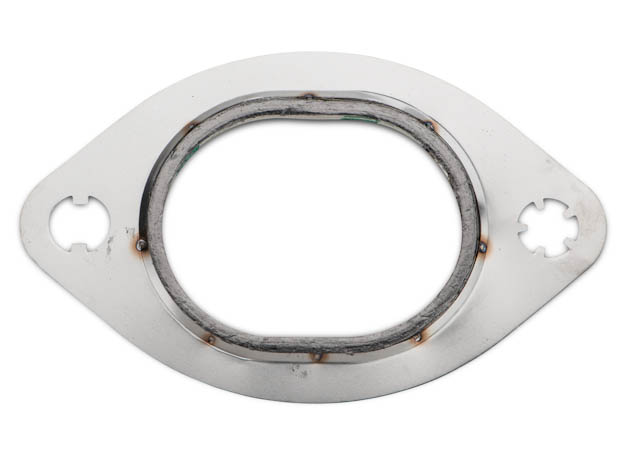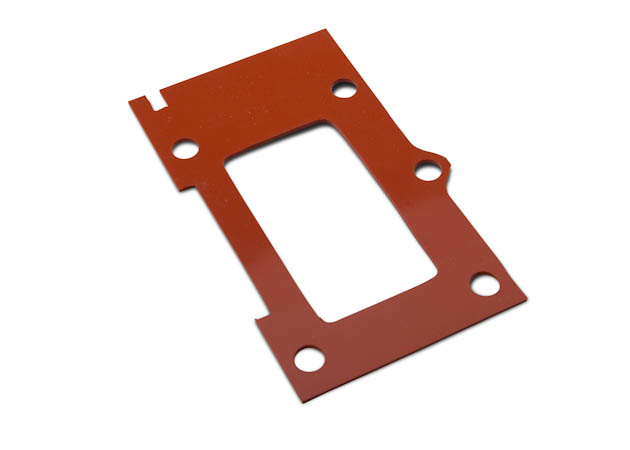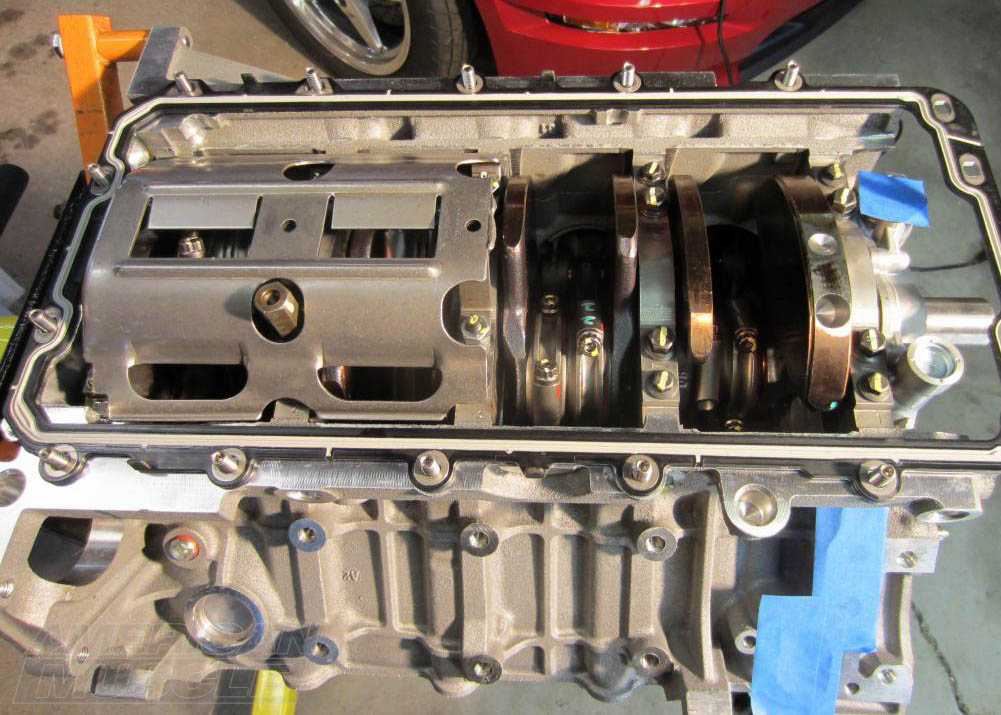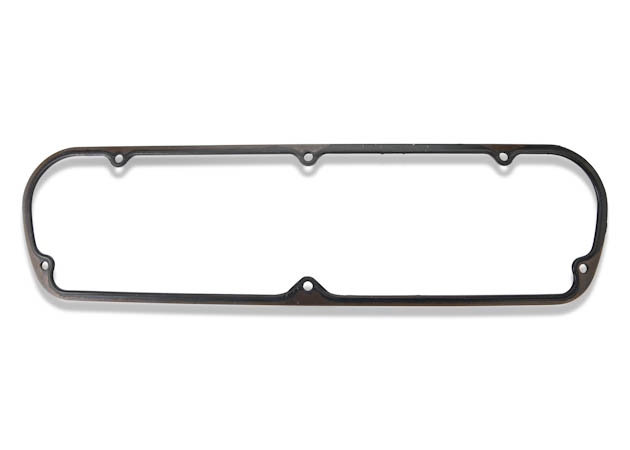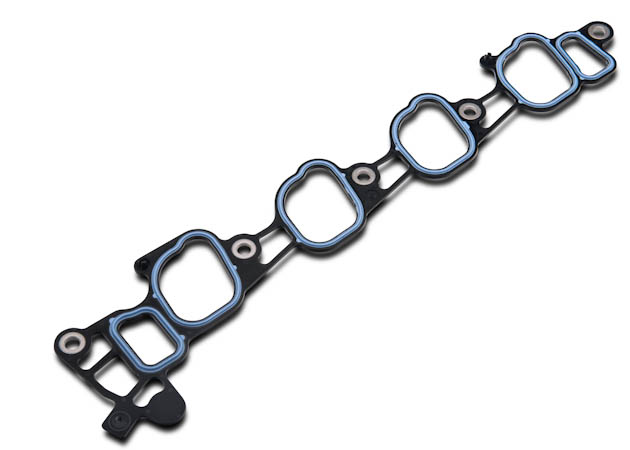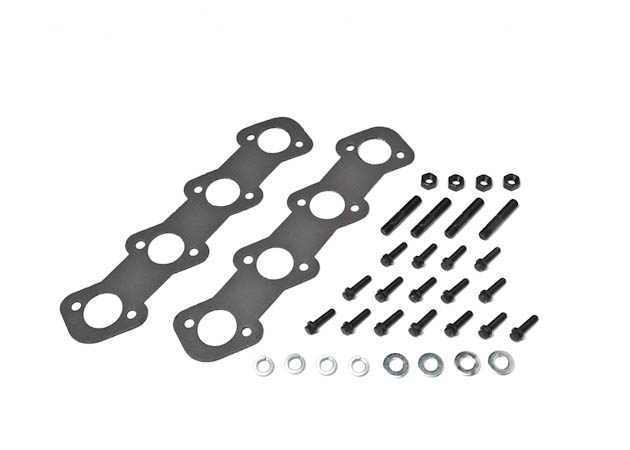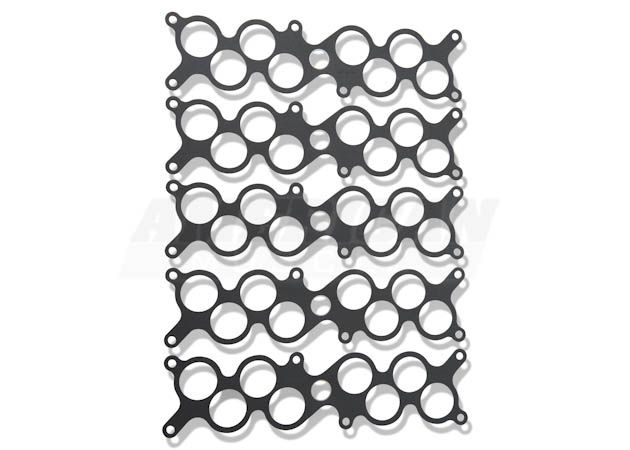Ford changed the cylinder heads on the 5.0L V8 between 2014 and 2015. 2015 and later 5.0L Mustangs have a cast version of the Boss 302 head, which is partly responsible for the jump in horsepower up to 435. As such, the head gaskets from a 2011-2014 Mustang will not work at all. Currently, both Ford Performance and Cometic make a replacement MLS (multi-layered steel) gasket for the 2015-2018 Mustang.
MLS style cylinder head gaskets are the most robust and reliable type gasket currently on the market for street going vehicles (actually, many racing applications are making the switch to MLS). Made from multiple layers of very thin steel (3-7 layers depending on engine application), MLS gaskets provide an excellent seal between the cylinder head and block. Believe it or not, every time combustion occurs in a cylinder, the head lifts slight (thousands of an inch, but it still lifts). MLS gaskets are manufactured in such a fashion that they act like a compressed spring. When the head lifts during a combustion cycle, the gasket expands to fill the gap and then is compressed again as the head comes back down.
MLS gaskets are very strong, routinely withstanding cylinder pressures of 1500 PSI, and work well in all climates. For the Mustang, they are the best choice and least likely to burn out, even when using forced induction. From the factory, the S550 is equipped with an MLS style head gasket. The only reason you would need to swap them out would be if one inadvertently fails (very rare), or if you are removing the heads. It has been shown that MLS gaskets, if removed in good condition, can be re-used, although every manufacturer strictly advises against this. Thus, if you are doing some top end work that involves removing a cylinder head, you should replace the original MLS head gasket with a new one. Forget copper or graphite; an MLS gasket is vastly superior. One minor “grievance” (for lack of a better word) with MLS gaskets is they require an extremely clean and flat mating surface.


